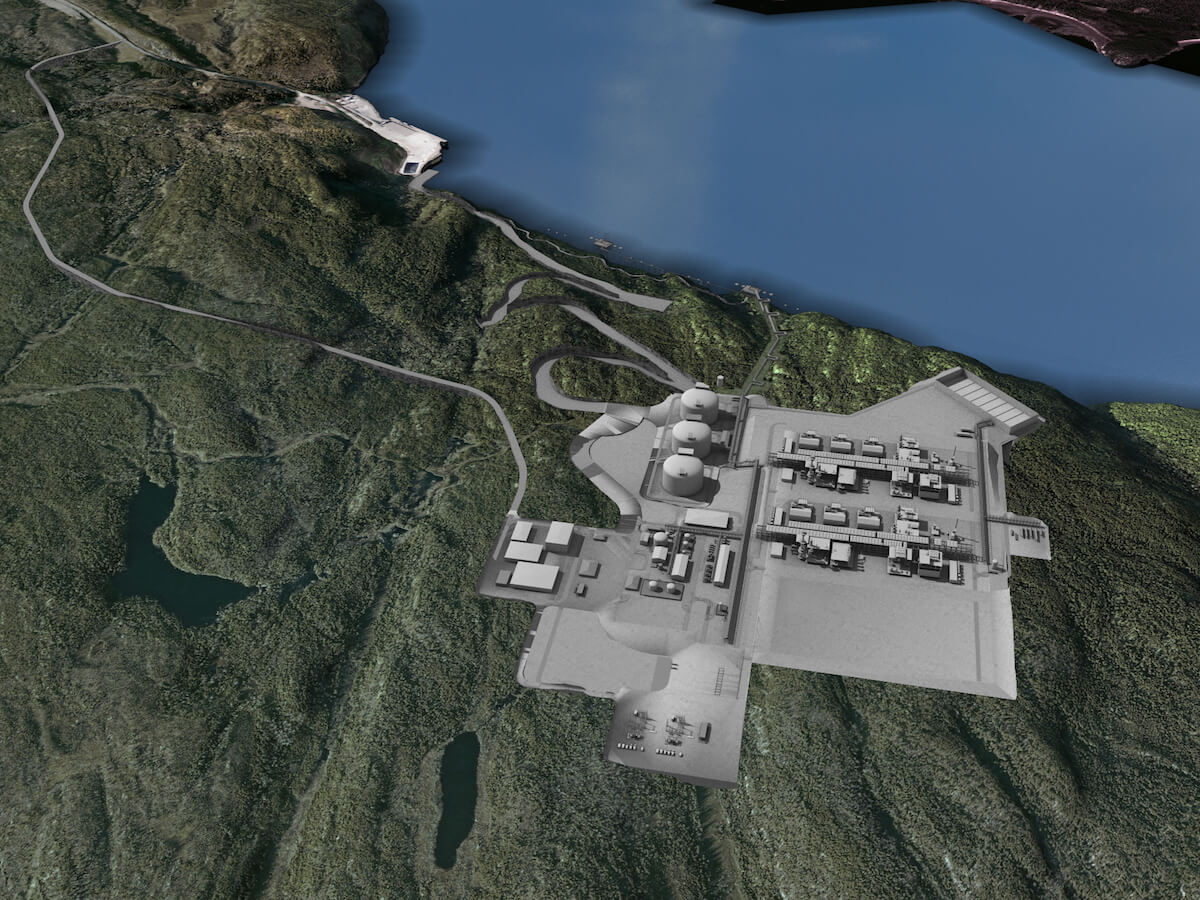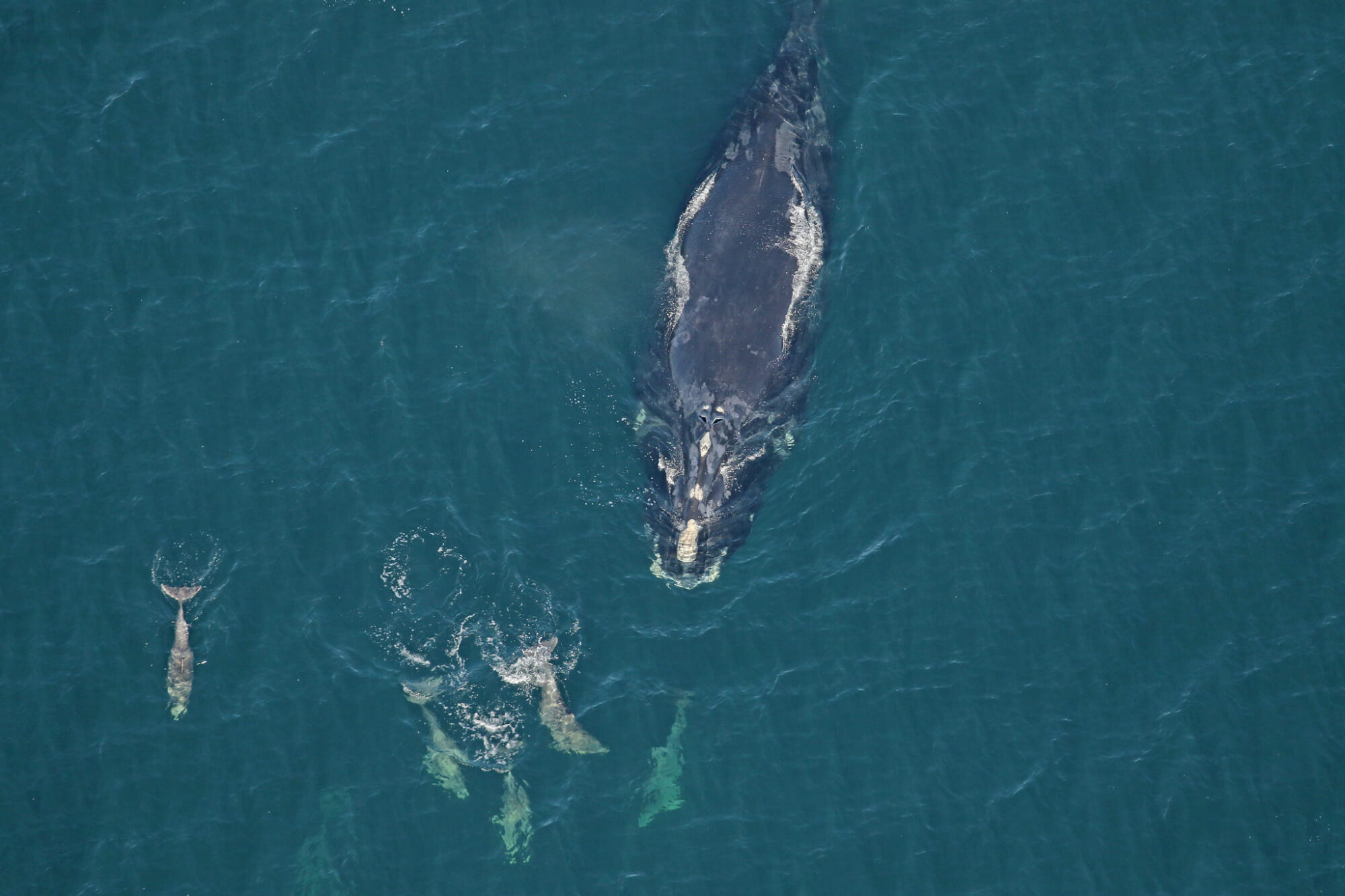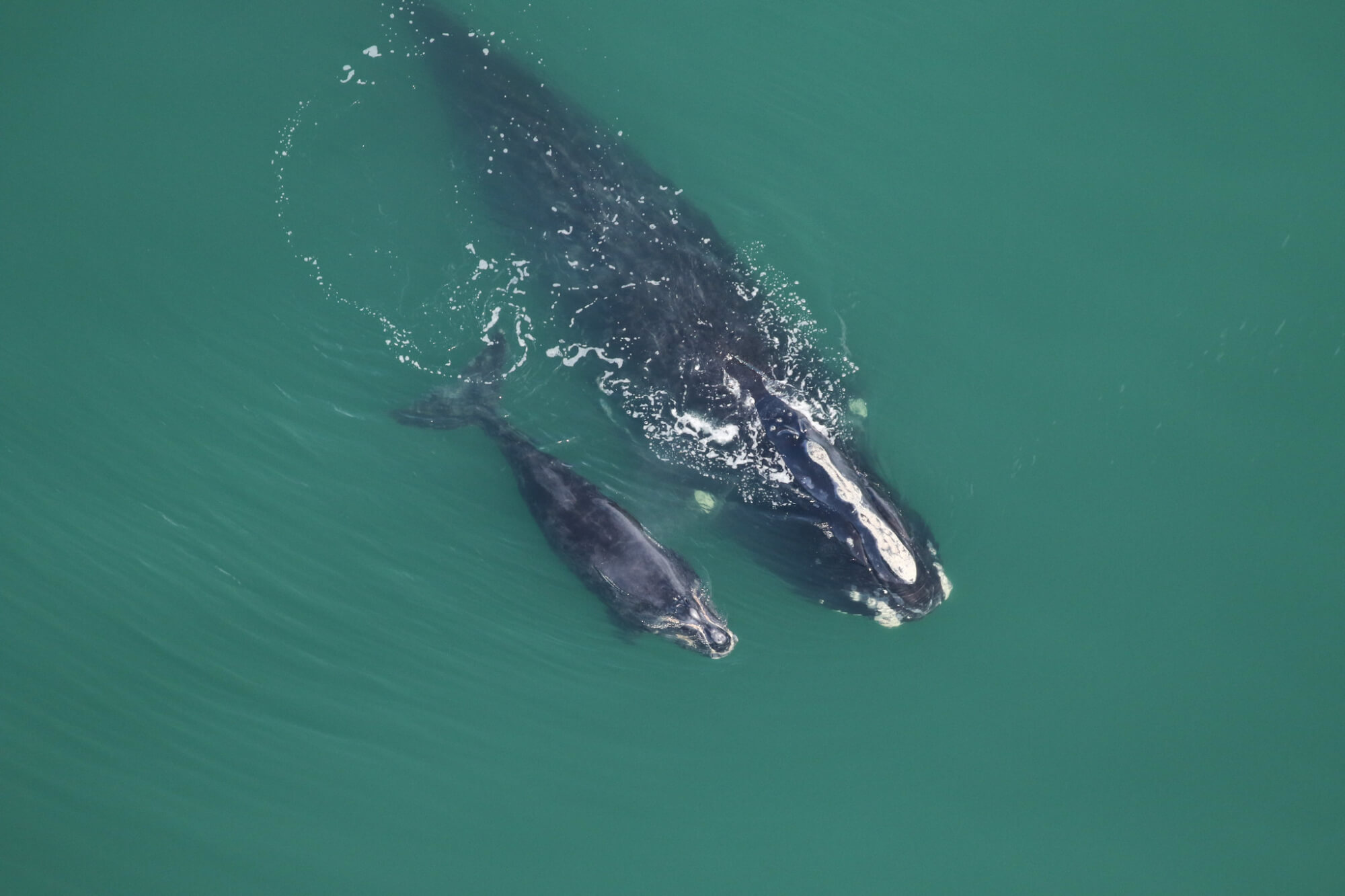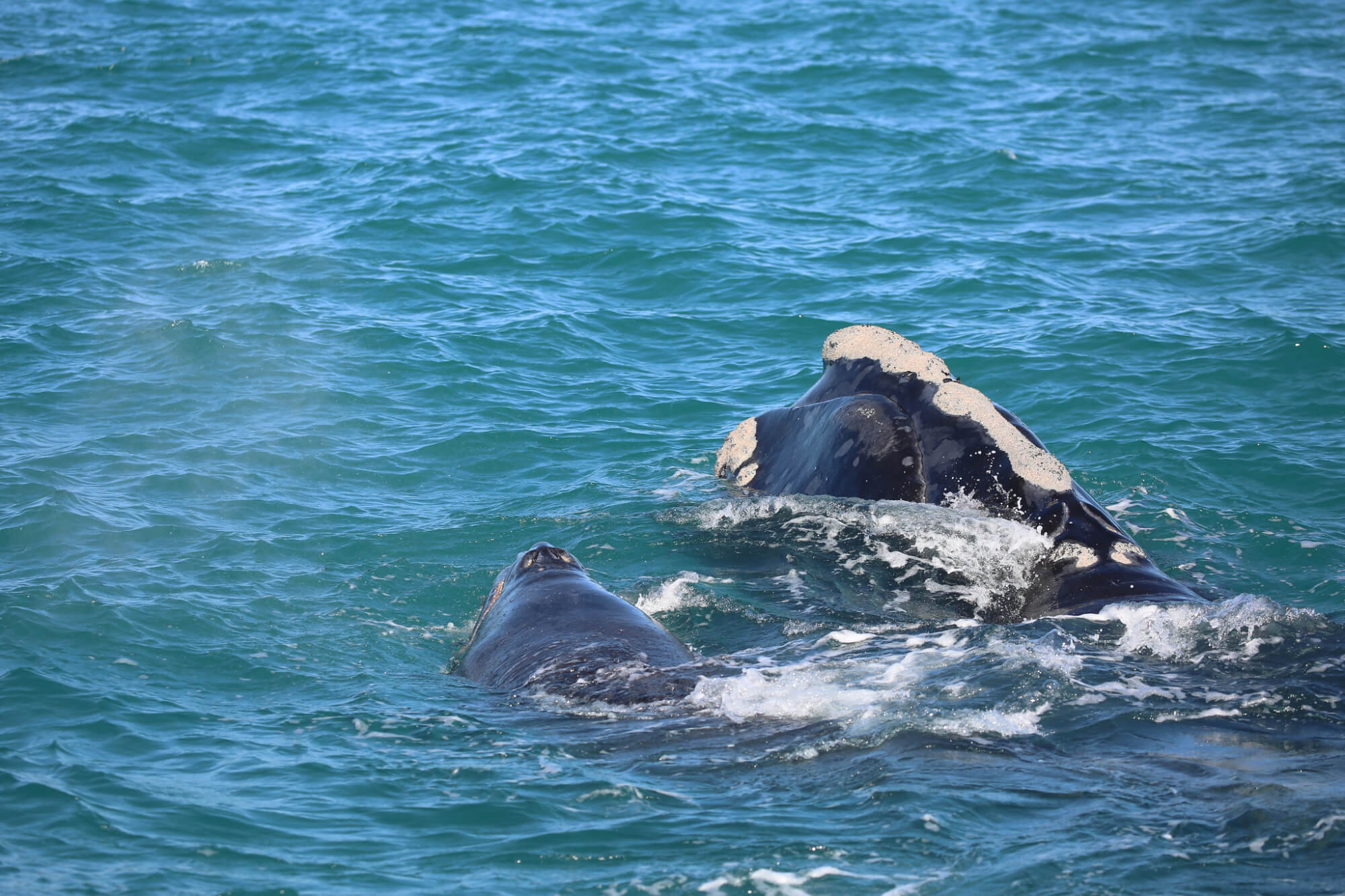On July 21, Environment Minister Benoit Charette announced that his government was rejecting GNL Québec’s Énergie Saguenay project, a highly anticipated decision by numerous groups and citizens. Indeed, the environmental assessment of this natural gas liquefaction plant project sparked record participation (article in French), with 2,550 briefs filed with Quebec’s environmental assessment agency, the Bureau d’audiences publiques sur l’environnement (BAPE).
At a press conference, the Minister explained that exporting liquefied natural gas (LNG) could compromise the transition of purchasing countries to renewable energies, and that it had not been shown that LNG would replace more polluting forms of energy. Similar conclusions were first published by the BAPE. Authorization of Énergie Saguenay by the government was conditional on the proponent’s ability to demonstrate that its project would advance the energy transition while helping to reduce total greenhouse gas emissions.
Though not explicitly mentioned by the Minister, the impacts of 300 to 400 LNG carriers per year plying the Saguenay on marine species, especially the St. Lawrence beluga, were also at the heart of concerns throughout the environmental assessment process. Thus, in addition to the climate – most likely a key factor in the decision – the entire ecosystem will benefit from the shelving of the project.
A slew of unfavourable opinions
Since the start of the project’s environmental assessment, unfavourable opinions have been pouring in. For example, of all the briefs received by the BAPE, 90% were opposed to the development of the liquefaction plant in the city of Saguenay. Additionally, the Innu communities of Mashteuiatsh, Essipit and Pessamit have officially taken position against the project, namely due to its impacts on the climate and biodiversity. The environmental analysis report (in French) states that, due to a “significant social divide”, the Ministry was unable to comment on social acceptability, which was, moreover, the third condition for project authorization stipulated by the government.
Released in late March, the BAPE’s report emphasizes that any increase in maritime traffic in the Saguenay River would conflict with efforts to restore the endangered St. Lawrence beluga population.
Relieved by the announcement, GREMM Scientific Director Robert Michaud argues, “Belugas need all the help we can give them.” And, of all the threats they face, anthropogenic noise is the one over which we have the most control in the short term. Indeed, reducing underwater noise levels would have an immediate impact on the daily lives of belugas.
The scientific opinions prepared by Fisheries and Oceans Canada and Parks Canada and sent to the Impact Assessment Agency of Canada on June 11 made similar arguments: The Énergie Saguenay project would run counter to the efforts made in recent years for the conservation of species at risk. According to Parks Canada, “Increasing the intensity of freight traffic in the Marine Park could compromise the ability of the latter to meet its mandate of increasing the level of protection of ecosystems for current and future generations.” Parks Canada’s scientific opinion also reminds us that beluga conservation was a determining factor in the creation of the Saguenay-St. Lawrence Marine Park in 1998.
Understanding the needs of belugas
“If we want to continue to share the St. Lawrence with these fascinating animals, we must fully understand and respect their needs,” adds Robert Michaud. And just what are these needs? Since belugas rely on their sense of hearing for both communication and feeding, a calm, quiet environment is one example. Indeed, the underwater noise generated by ships can mask belugas’ vocalizations, which are essential for group cohesion and mother-calf communication, as well as the animals’ echolocation signals.
Compared to the St. Lawrence Estuary, the Saguenay is currently subject to less noise and is therefore considered to be a sort of acoustic refuge. Research on belugas’ social structure has shown that this area is mainly used by groups of females and young, which are particularly vulnerable to the effects of noise pollution.
In order to quantify the impacts of increased maritime traffic in the St. Lawrence and the Saguenay, researcher Clément Chion of Université de l’Outaouais, in collaboration with GREMM, has designed a simulator to predict the effects of different scenarios and potential mitigation measures. Once it has been fine-tuned, the simulator is expected to improve the accuracy of environmental assessments for maritime development projects in the region.






